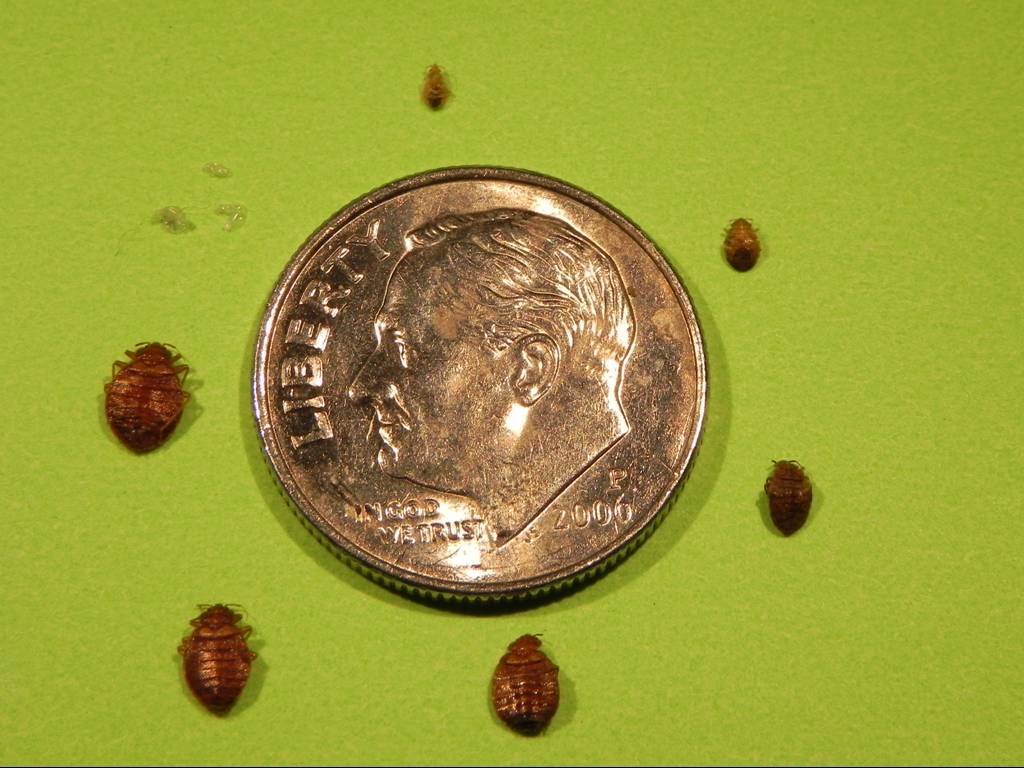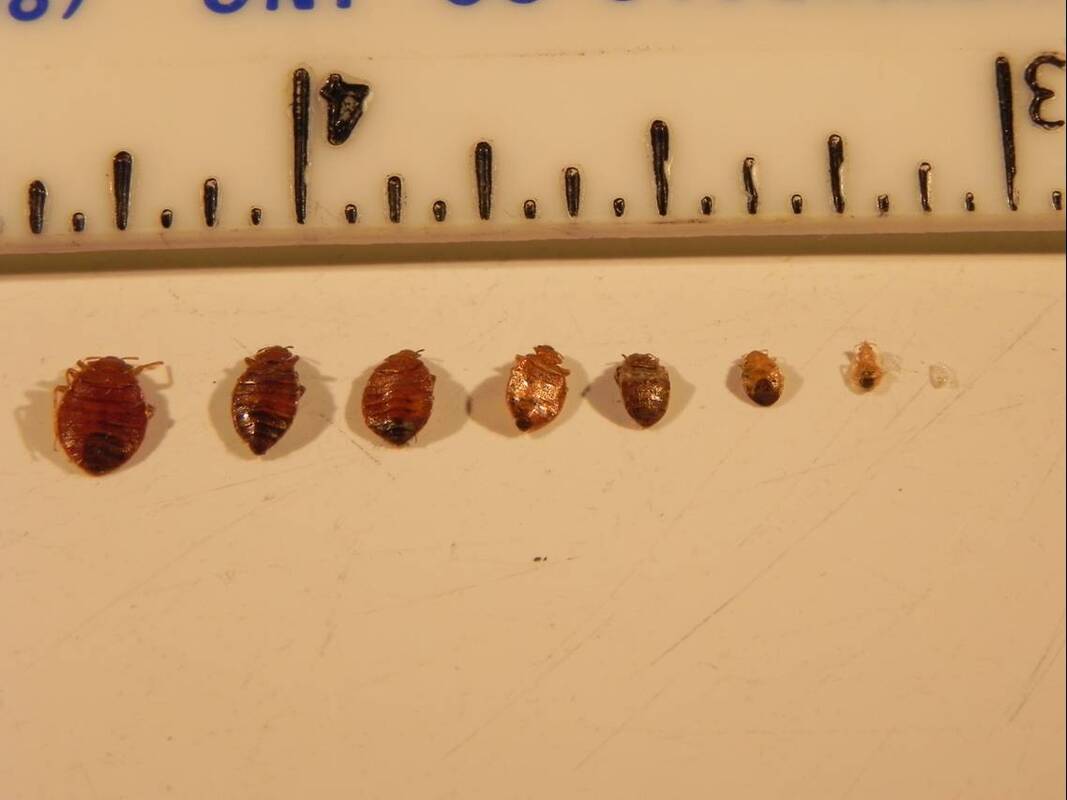|
The following article was written at the request of a bed bug victim. Each day numerous bed bug victims seek information from online sources in search of answers to their bed bug related questions. One of the most commonly asked questions is. . . While this may seem like a simple question. . . . . .with bed bugs there are no simple answers. “how do we move from a bed bug infested location without bringing bed bugs with us?” Whether moving from a multifamily or single family home, the greatest concern for those moving from a bed bug infested location to another home is how to do so without bringing these nasty pests along with them. Anyone who has experienced bed bugs first hand knows how problematic these blood thirsty insects can be. Bed bug victims seek viable and practical methodologies that will allow them to move to their new home less their unwelcomed parasitic guests. In communicating with and advising bed bug victims across the country a prime observation and concern is that poor decisions and mistakes are inadvertently made due to inexperience, lack of proper knowledge, inappropriate advice and misinformation. As such, it is wise to learn and understand the correct principles and fundamentals regarding bed bugs that apply when attempting to move from an infested location without risk of bringing bed bugs along. When dealing with bed bugs it is best to be conservative. Perhaps a good mindset is to treat all things bed bugs in a manner such as depicted in the movies “The Andromeda Strain” or “Contagion” where once contacted an unseen viral germ may cause a painful and ugly death in a matter of just hours. If we all treated bed bugs very seriously, as if they were a matter of life and death, chances are we’d be much more careful and effective when dealing with them. The following fundamentals apply and should be considered when moving:
There are numerous viable, practical and efficacious ways to eliminate bed bugs and render items bed bug free for the moving process. Below are some suggested methodologies for your review and consideration:
Moving Vehicles:A moving truck or trailer may harbor bed bugs due to prior use. And, while this may seem unlikely, it is wise to adopt a conservative approach to protect yourself from bringing bed bugs along with you as a result of the move. Any moving truck or trailer may be inspected and treated as needed. However, there may be many cracks and crevices present which may successfully harbor undetected bed bugs. While it is possible to successfully inspect and treat a moving vehicle for bed bugs as needed, local regulations should be checked prior to doing so.
What About People?As previously mentioned it is possible that bed bugs may hitch a ride on a person’s shoes, clothing or equipment. The risk of picking up hitch hiking bed bugs is greatest when working at bed bug infested locations and is especially so when working at an infested location. As such, suitable methodologies should be considered to mitigate such risks.
Paul J. Bello is the author of The Bed Bug Combat Manual and has been a pest professional
since 1976. He currently serves as a pest management consultant and assists various clients in pest related situations. His website is www.pjbpestconsultant.com and may be reached for assistance via paul@pjbpestconsultant.com. |
Categories
All
Paul J. BelloAuthor, Consultant, Speaker, & Educator |
You Have Questions for Paul? Join Bed Bug Practical on Facebook |
Search for Articles Here
|
Telephone |
Get in Touch |


